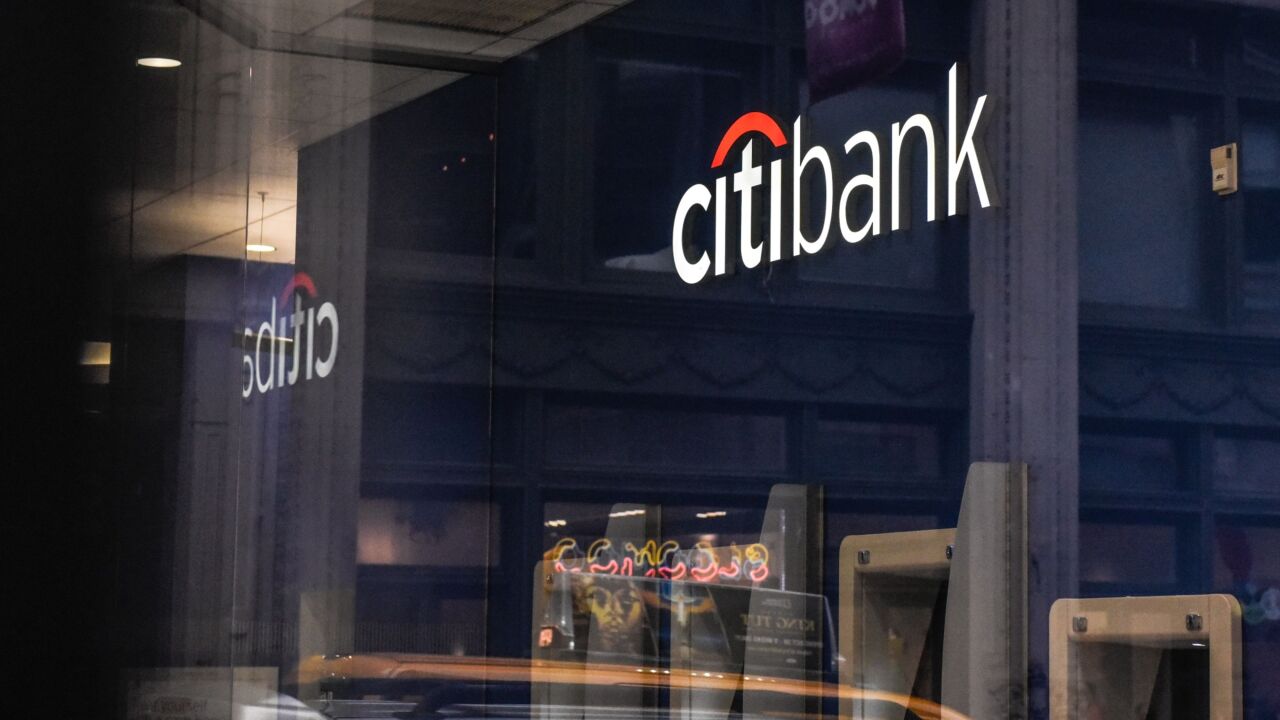
The Federal Reserve's top regulator says the central bank doesn't need new rules to address the cryptocurrency risks in the banking system.
Fed Vice Chair for Supervision Michael Barr delivered his
Barr said he would welcome a codified framework from Congress on crypto regulation, but even without one, the Fed and other bank regulators are already well equipped to handle the risks digital assets pose to the banking system, particularly those around
"In the absence of that comprehensive framework, it's important for regulators to use our existing authorities, both banking regulators and market regulators, to do our best to protect the public and protect the financial system," Barr said in response to a question from the event's moderator, IIE nonresident senior fellow Anna Gelpern. "Inside the banking system, we have the tools we need."
Barr's comments come as bank regulators in Washington carve out their positions on crypto through policy statements. This guidance has raised concerns among some industry participants that the agencies are
In his remarks, Barr made the case that crypto assets are simply being given the same treatment as any other financial product with a similar risk profile.
While the sector has a number of idiosyncrasies that banks must be aware of — including the volatility of asset prices, the interconnectedness of various market participants and the pervasiveness of misrepresentation by issuing parties — Barr said crypto is largely subject to "the same fundamental liquidity and credit risks as traditional assets." Because of this, the Fed's basic risk management practices can be applied effectively.
Barr said the impact of
He added that the Fed is
"We have an existing regulatory infrastructure that can be adapted to new products and services, and that is usually the way the United States ends up moving forward with regulating a new kind of product — to say, 'Is this new kind of product, like an existing product that we developed?' and 'In what ways can we therefore regulate it using our existing tools?'" he said. "In the absence of Congress adapting a different framework, that's the framework we use."
Barr said the U.S. would not adopt the crypto capital requirements
"We don't currently, to our knowledge, have any firms that we regulate that have crypto on the balance sheet, and we've made it clear to firms that we don't think that they should. We don't think — in our current environment, our current state of governance and controls in the sector — that it would be a safe and sound practice for them," Barr said in response to an audience member's question. "We don't yet have the question how much capital they should hold if they have it."
Nodding to recent joint statements issued by the Fed, Federal Deposit Insurance Corp. and Office of the Comptroller of the Currency, Barr said the focus has been on making sure banks are aware of the risks associated with crypto assets and have plans for dealing with those risks.
He also said Banks should be sure to properly vet any crypto counterparties to make sure they are not funding illegal activities or laundering money.
"Against the background of possible crimes that some crypto companies are now under investigation for, this is not a box-checking exercise," Barr said in his prepared remarks, summarizing the Fed's overall message as: "Don't jump in and plan to figure out risk management later."
During his speech, Barr highlighted several promising innovations that could come from the crypto sector, including faster and less expensive payment processing, particularly across national borders. He also said distributed ledger technology — the underpinning of so-called blockchain networks — encryption, transaction validation and smart contracts could be incorporated into the traditional financial sector.
He reiterated that the Fed did not want its efforts to mitigate the potential harm of crypto to get in the way of these innovations.
Barr said that crypto regulatory guidance from Congress would be most useful in protecting consumers. He noted that roughly one-fifth of Americans had some kind of exposure to crypto assets last year, including many with limited savings who could ill-afford the losses they experienced.
While many consumers were harmed by firms that misused customer funds or provided misleading information about deposit insurance, Barr said others simply fell victim to the "cycle of innovation."
"New products often develop slowly at first while market participants are unsure of their value or their risks, but excitement and enthusiasm can then lead to rapid growth and new products flood the market as a result," he said. "Participants assume too quickly that they know how the new products work, and novel products can appear both safe and lucrative, particularly if they have not been tested through bouts of market stress. The innovation cycle turns when this mismatch — between perceived understanding of risk and actual underlying risk — becomes apparent."
Where congressional action would most benefit the Fed is on the matter of stablecoins, Barr said, noting that they bear a strong resemblance to the types of private money that set off a string of financial crises in the 19th century that contributed to the establishment of the Federal Reserve.
"You can have multiple competing forms of private money that are inefficient, you can have very large forms of private money that end up being quite destabilizing. You can think of a stablecoin as a completely unregulated money market fund attached to a payments rail, and that combination is quite explosive, potentially quite dangerous," Barr said. "That's why Chair [Jerome] Powell has made this clear, [former Fed] Vice Char Brainard, when she was with the Fed, made this clear, I've made this clear that stablecoins really do need to have prudential oversight, because of that risk."







